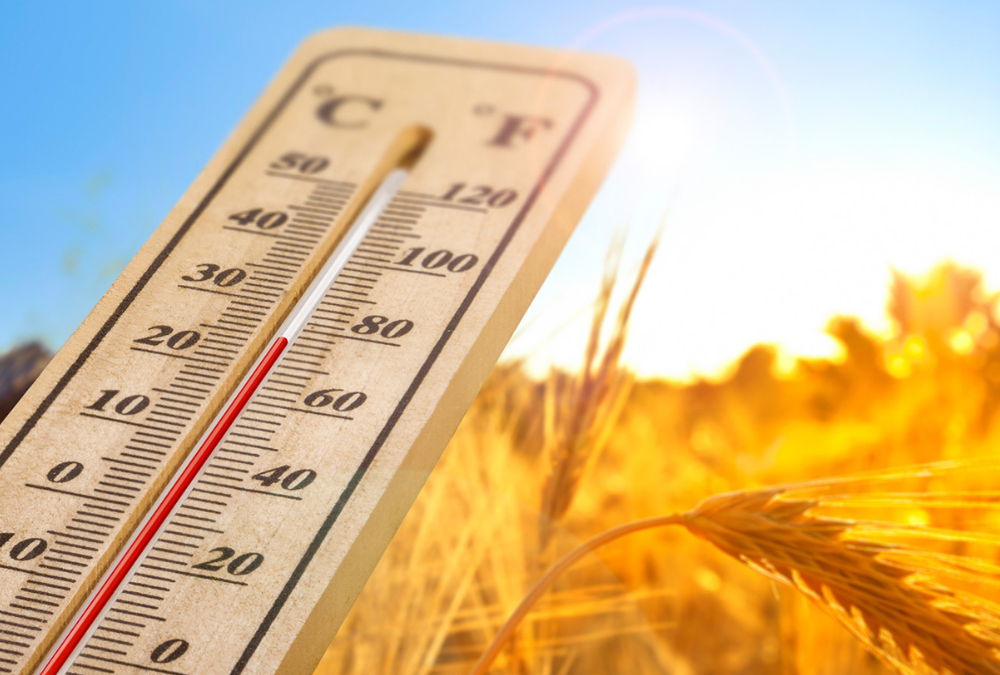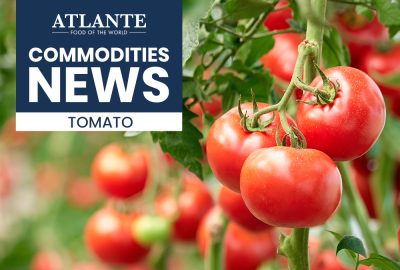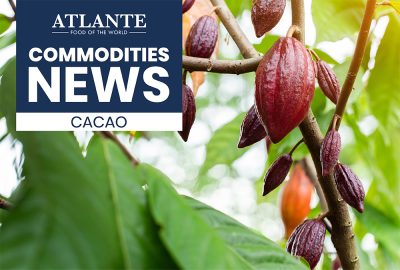Atlante
News
The impact of high temperatures on commodity markets

4 August 2023
The climate has always exerted a significant influence on commodity markets, continually impacting supply, stock, and price levels, thereby causing varying shifts in balance between supply and demand. While the need for monitoring weather disruptions and seasonal changes has persisted, climate change has amplified the frequency and severity of extreme and erratic weather events. These events, encompassing hotter summers and increasingly wet seasons, present mounting challenges to commodity markets, elevating the risk of supply shocks and heightened price volatility.
The heatwaves that have swept across Europe have driven temperatures above 40ºC, resulting in worldwide production disturbances with lasting and detrimental effects on numerous national seasonal crops and yields. Among these, maize, potatoes, and sugar beets stand out due to their heightened sensitivity to water shortages and drought conditions. Consequently, agricultural commodity prices have surged to unprecedented levels, prompting increased reliance on imports within the most affected nations. Simultaneously, the costs of livestock farming have soared exponentially due to overheating. The strain induced by elevated temperatures affects animal behaviour, leading to decreased egg-laying by chickens and diminished milk production by dairy cows.
The most critical geographical areas
- Canada: Persistent drought, particularly in regions bordering the US, has impacted durum wheat and pulses. Currently, production estimates for the 23/24 marketing year are being revised downward due to critically low soil moisture levels across all cultivation areas. This situation has led to noticeable deterioration in crop development
- USA: Drought conditions have affected about 50% of the maize and soybean cultivation areas. Though there has been a slight improvement in conditions recently, achieving the expected record yields remains unlikely.
- EU: South-eastern Europe, which experienced drought conditions during the winter, was then hit by excessive rainfall and flooding from May onwards. This impacted production levels, particularly the quality of durum and soft wheat varieties. The Iberian Peninsula has been severely affected, with a substantial drought negatively impacting olive oil production potential alongside soft and durum wheat production. Northern Europe (Germany, Poland, Baltic countries) continues to grapple with drought-related issues that hinder rapeseed and wheat production. In Italy, May and June rains slowed down harvesting and resulted in significant quality problems, particularly related to specific weight. Forecasts point towards increased imports due to poor harvest quality, with a projected 30% surge at the European level compared to the 22/23 period.
- North Africa: The persisting drought has impacted soft and durum wheat production.
- Indonesia: Excessive rainfall has jeopardised prospects for coffee production, particularly of the robusta variety.
- Southeast Asia and Australia: The onset of El Nino is expected to cause rainfall shortages in Southeast Asia (affecting palm oil, coconut oil, rice, and sugar in Thailand) and Australia (impacting wheat and canola) during the latter half of 2023. Conversely, it may bring relief from drought in South America (Argentina and Brazil) for maize, soybean, and sugar cultivation.
- Argentina: The ongoing drought has already influenced wheat sowing for the 2023/24 harvest, resulting in incomplete planned sowings. Consequently, Argentina’s production forecast for the forthcoming harvest has been revised downward by 2 million tonnes.
Possible adaptations
As warmer temperatures appear set to become commonplace in the future, the question arises: how can food systems mitigate the impact on consumer costs?
- Some farmers contemplate shifting crops to those that exhibit greater resilience to extreme heat and drought. However, in certain areas, this option is unviable due to exceedingly high temperatures that render soils unsuitable for agricultural use.
- Another approach involves reconsidering the structure of global food systems, embracing resilient models characterized by enhanced storage, greater supply route diversity, and heightened decentralisation. This contrasts starkly with the prevailing model dominated by substantial processing and distribution centres with restricted operational times. Although such a resilient system incurs higher costs and does not yield cheaper food, it enhances food supply resilience against climate shocks, benefiting consumers and bolstering global political stability.




